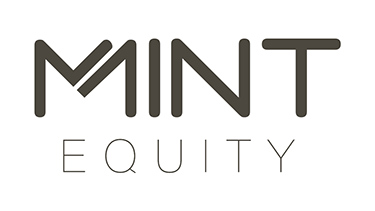Fixed interest rate mortgages, which have been at record lows, could rise sooner than expected this year, as the Reserve Bank of Australia (RBA) dispenses some of its COVID-related stimulus programs sooner than expected.
COVID stimulus policies may have worked too well
Last year, when the COVID crisis began, the RBA initiated a collection of policies to stimulate growth and inflation. Often referred to as "yield curve control", the strategy included cutting the cash rate to a record low of 0.1%, large-scale bond-buying, and direct lending to banks.
However, the drop in interest rates has created an enormous stimulus to the property market. Property prices around the country have been soaring with the availability of low-interest mortgages, and it may be necessary for the RBA to rein it in before it gets out of hand.
Additionally, the unemployment rate fell from 6.8% to 6.6% in December, a much bigger drop than economists had expected.
David Plank, head of Australian economics at ANZ, said that because the economy seems to have rebounded so quickly, the RBA would need to find a way to tone down its "extraordinarily stimulatory settings" somewhat.
Shane Oliver, the chief economist at AMP Capital, agrees that recent increases in bond yields mean that fixed rates are at or close to their lowest levels.
More economists believe the RBA will act on stimulus policies
More market watchers are beginning to believe that the RBA will need to wind back its stimulus package, starting around the middle of 2021. However, economists predict that the RBA will buy a further $100 billion in bonds over the next few months, allowing its "quantitative easing" strategy to continue.
Yield curve control must ease — but when?
Although some economists believe that the RBA must take action midway through 2021, others think that the current stimulus policies will remain for the rest of the year. Westpac chief economist Bill Evans said that he expected the RBA to continue its pledge to keep rates on hold for three years until the end of 2021. After that, he said that this promise would lose credibility.
Fixed-rate mortgages set to rise amid competition between banks
Fixed interest rate mortgages have decreased significantly due to the RBA's policy, leading to an onslaught of refinancing and new loan approvals. However, as yield curve control begins to be rolled back, fixed rates could be pushed up. This predicted rate increase could be partially tempered by competition for market share among the banks by using low fixed rates. The RBA's $200 billion term funding facility will be available until July, helping to keep lending costs down.
Despite the promising signs, it is important to remember that the economy is not out of the COVID woods yet. The outbreak in Sydney's Northern Beaches led to a reintroduction of stricter control measures for some parts of the country, and the effects of these are yet to be measured in the unemployment figures for January.
Is now the time to fix your home loan interest rate?
If you are considering fixing your home loan interest rate, now might be the time to review fixed interest rates, particularly if your strategy is to minimise property costs for the next 2-3 years. A fixed rate home loan gives you the ability to know exactly how much your repayments will be during your fixed year, which makes budgeting easier. Keep in mind that fixed interest rates have less flexibility, for example you may not be able to make extra repayments, however lenders are now offering hybrid products that enable you to have a small amount in offset on a fixed interest rate product.


